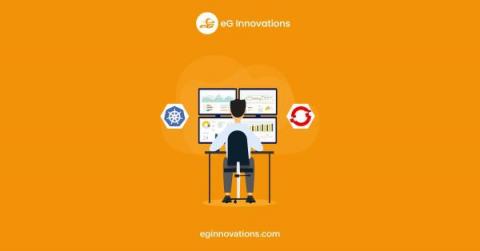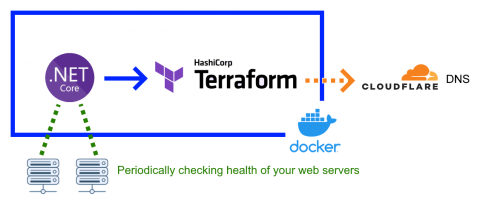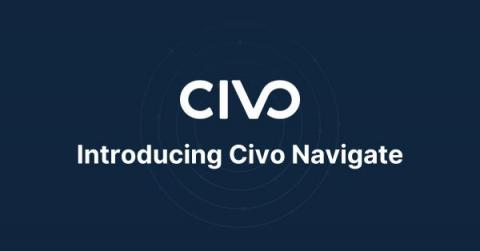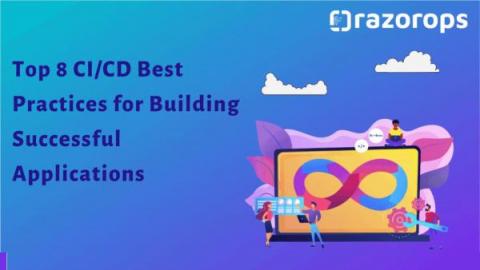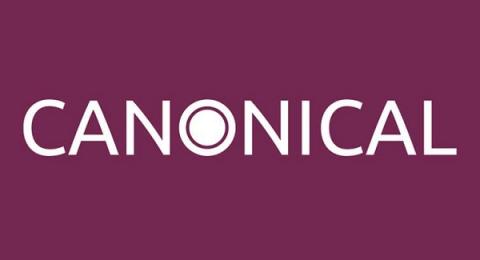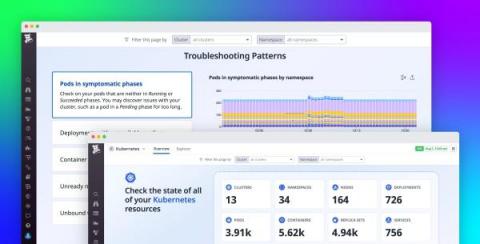Digital Transformation-A Journey, Not a Destination
by: VMware CIO Jason Conyard and VMware CTO Jerry Ibrahim Digital transformation is not a destination, it’s a journey. VMware as an organization has been architecting the transformation quite successfully, not just for itself but for its partners and customers as well. What exactly is digital transformation? The implementation of digital technology by an organization … Continued The post Digital Transformation—A Journey, Not a Destination appeared first on VMware on VMware Blogs.



